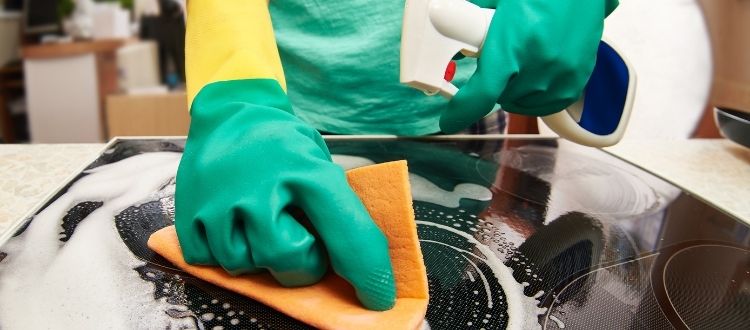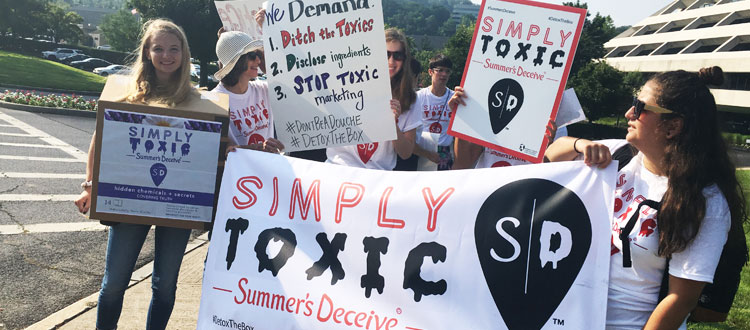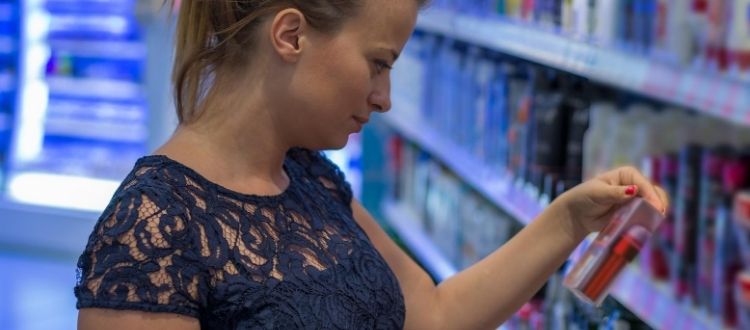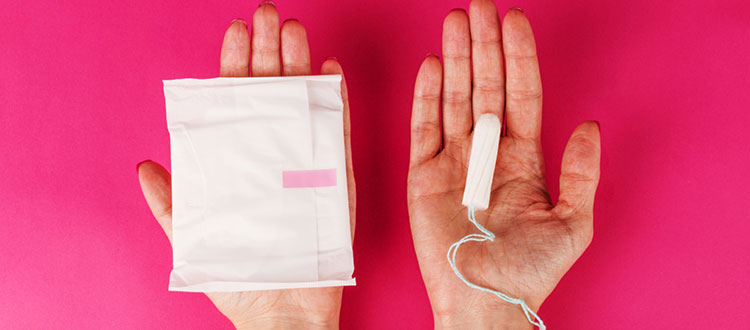CBI Means Companies Continue to Hide Fragrance Ingredients
What kind of disclosure are we seeing for fragrance ingredients as a result of the Cleaning Product Right to Know Act? And what does "confidential business information" have to do with it?
Fragrance pollution is real – and should no longer get a sweetheart deal
CARB is helping to reduce smog and reduce public exposure to the hazards associated with smog. Fragrances are well known sources of air pollution, but they have always had a sweetheart deal with CARB.
Because of You, Summer’s Eve Removed Ten Toxic Ingredients!
VICTORY! Summer's Eve has removed 10 toxic ingredients from their products. Unfortunately, underlying concerns with intimate care products continue to put our health at risk.
Good News Coming Out of California for Cosmetic Safety
Last week, two bills were signed into law in California that will make cosmetics safer AND increase disclosure of ingredients in fragrance.
Toxic Fragrance and Flavors: The Other Invisible Enemy
For those who are concerned about avoiding products with dangerous fragrance or flavor ingredients, it can be all but impossible to do so because, not only are companies allowed to sell products that contain toxic chemicals, many don't even disclose these ingredients.
AB 1989: Ingredient Disclosure and Corporate Influence
Procter and Gamble and Kimberly Clark OPPOSED the disclosure of allergens MI and MCI. Think about that the next time you decide what period products to buy.
Something seriously STINKS about smog in California
Fragrances are well known to be sources of VOCS; emissions which contribute to air pollution. But they have always had a sweetheart deal with California Air Resources Board. It's time to change that. TAKE ACTION!
Cosmetics ‘regulations’ continue to fail public health & manufacturers – just ask DevaCurl
If DevaCurl is using the CIR to guide decisions about what ingredients are safe to use, it’s very likely they could be using some unsafe ingredients.
Wait, what? – now there are phthalates in tampons and pads too?
Researchers estimated that tampon use could be responsible for 15% of our total phthalate exposure. Panty liner use could be contributing nearly 10% and pads roughly 3% of our overall phthalate exposure.
Cleaning: Are we overdoing it?
A new study found that in homes where there was more frequent use of cleaning products, children were at greater risk of developing asthma and having other breathing problems.











